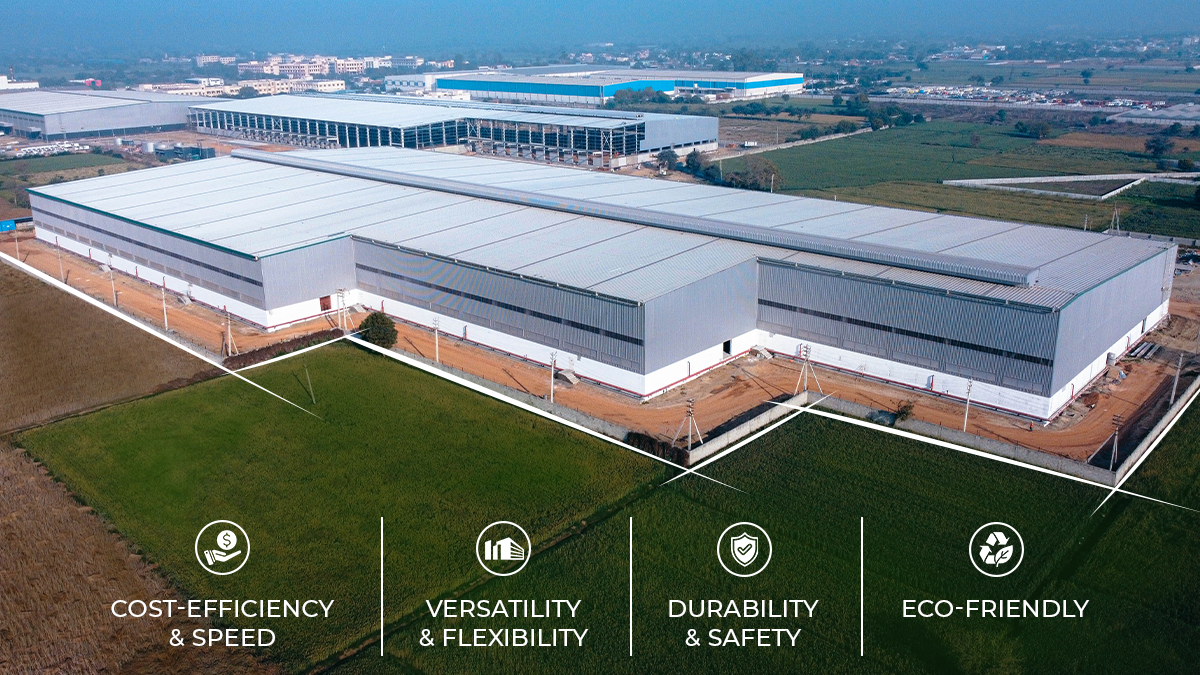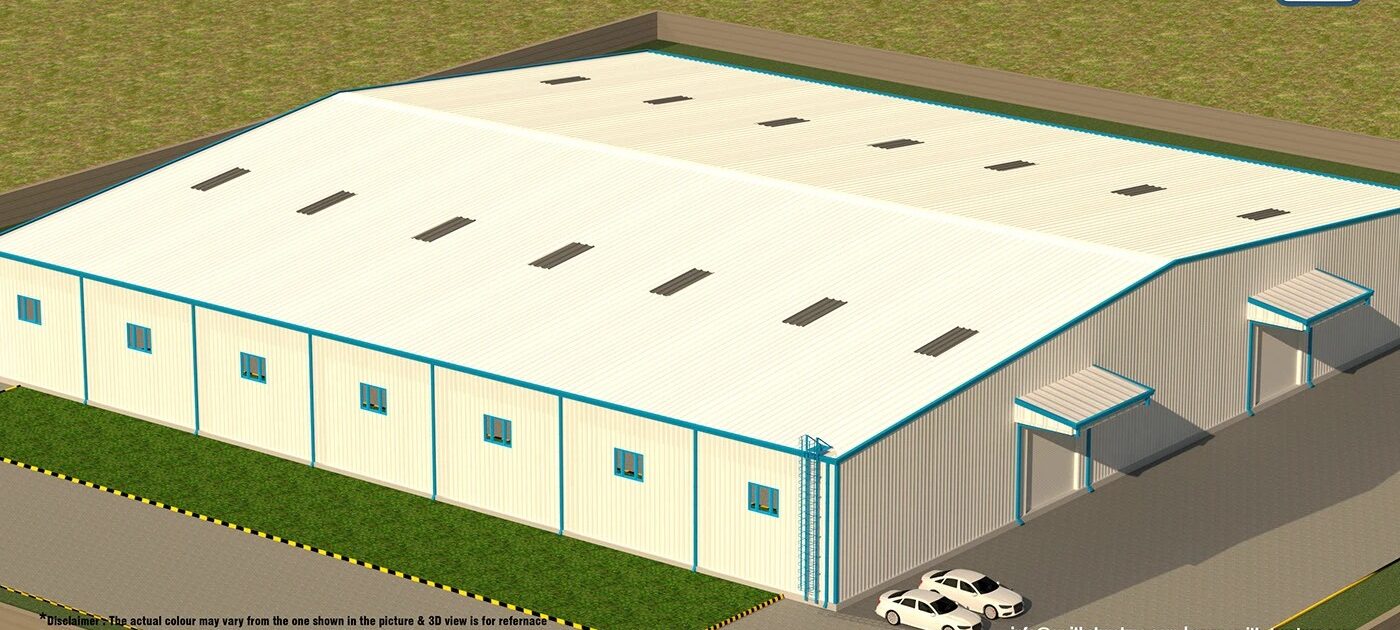
NJ Advances Controversial $11B Newark Bay-Hudson County Turnpike Extension
[ad_1]

The New Jersey Turnpike Authority is moving ahead with the next steps of its planned Newark Bay-Hudson County Extension program, amid lingering public opposition and threats of lawsuits aimed at derailing the $11-billion effort to upgrade the heavily used, aging 8.1-mile highway corridor between Newark and Jersey City.
Authority spokesperson Tom Feeney says the agency expects to begin construction in 2026 on the program’s most important and controversial phase—the estimated 10-year, $6.1-billion reconstruction of a 4.1-mile section that includes replacing the centerpiece 70-year-old steel through-arch Newark Bay Bridge. The new bridge would feature new twin cable-stayed structures being designed by Parsons Transportation Group. Other Phase One improvements, designed by Michael Baker International and Gannett Fleming, include 15 bridge replacements and two travel lanes added in each direction.
Feeney says the agency will advertise the initial construction contracts this fall, beginning with trestles in Newark Bay that will serve as platforms to build the first cable-stayed bridge. The entire program will be funded by turnpike toll revenue, the agency says.
The authority maintains that replacing corridor infrastructure is critical to alleviating congestion, supporting transformation of stagnant urban neighborhoods and accommodating continued growth at nearby ports. The ports require structures able to handle increasing volume and weight of truck traffic.
Although a four-year environmental analysis led by the U.S. Coast Guard resulted earlier this year in a finding of no significant impact, project opponents argue that the process did not go far enough in weighing the potential impacts.
Speaking at the agency final public hearing on the first phase in June, Olivia Haller, New Jersey associate for the Regional Plan Association, faulted its “lack of examination of other demand management approaches, the limited scope of the environmental assessment, inconsistencies with state and local transportation initiatives, and the project’s failure to sufficiently consider induced demand.”
Others have called for limiting the program to repairing existing bridges, an option the authority says is not feasible given the structures’ age and condition. George Lobman, director of transportation agencies for the Utilities and Transportation Contractors Association, reminded participants of the Newark Bay Bridge’s increasing vulnerability to vessel impacts.
“If it got hit by a ship, that would bring it down,” he said.
Despite controversies surrounding the program, Feeney said the dialogue fostered by the process has proven extremely valuable in shaping its scope and implementation strategy.
“Opponents and supporters have been participating regularly in the Turnpike Authority’s monthly board meetings for the past two years,” he says. “We have received nearly 2,000 comments, and some of those comments had an impact on design.”
Feeney notes that a proposed ramp for the new Newark Bay crossing was removed from the project in response to concerns raised by neighbors about additional traffic on local streets. “Concerns we heard from residents about potential quality-of-life impacts during construction led to the adoption of an adaptive management plan that will include noise, vibration, and air quality monitoring and reporting,” he added.
Feeney noted that the June public hearing was not residents’ final opportunity to be heard. “The Turnpike Authority has committed to ongoing community engagement through the construction phase,” he said.
Plans call for the first new Newark Bay Bridge and upgraded westbound roadway between Interchanges 14 and 14A to be complete by 2031. With traffic shifted to the new structure, existing bridges then will be demolished, and work on the eastbound roadway and bridge will begin. Following the scheduled 2036 completion of phase one, work will begin to add a new travel lane in each direction along an approximately three-mile section in Bayonne and Jersey City.
According to the authority’s timeline, upgrades to improve access to the Holland Tunnel in the corridor’s final section will be designed and constructed concurrently with other phases—with the overall program to be completed in 2040.
The agency recently awarded contractor Joseph M. Sanzari Inc. an $80.7-million contract to repair 11 bridges in the phase one section, keeping them in service until they can be replaced as part of the Newark Bay-Hudson County Extension program. That work is slated for completion by March 2028, the authority said.
The authority also plans to widen the southern part of the turnpike between Interchanges 1 and 4 from its current two lanes along a 36.5-mile stretch to add one lane in each direction. It said this will involve replacing or substantially retrofitting 56 of 66 overpassing structures, most more than 70 years old.
[ad_2]
Source link
Post a Comment
You must be logged in to post a comment.






